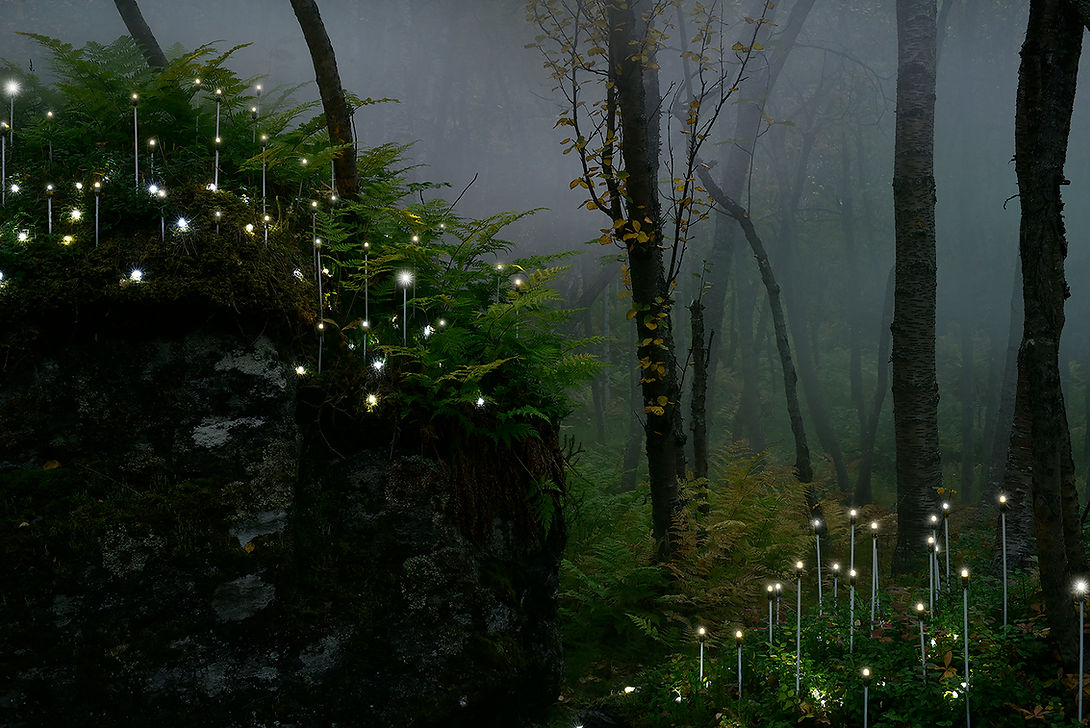Queering Polar History, an exhibit at the Polar Museum in Tromsø, just ended this past June. Sadly, I only became aware of it recently, though I was in Tromsø twice during the three years it was on. My focus in Tromsø both times was library research on Sámi folktales, and I didn’t have much time to revisit museums I’d already been to over the years. I also recalled the Polar Museum, in a remodeled wooden warehouse down on one of the city wharves, as being a little too taxidermic for my taste.
But on October 7, 2022, a temporary exhibit opened in connection with Norway’s Queer Culture Year, a joint initiative from the Queer Archive at the University of Bergen, the Norwegian National Museum, and the Norwegian National Library. This was to mark the 50th anniversary of the decriminalization of male homosexuality in Norway. The repeal of section 213 of the Norwegian Penal Code marked the beginning of a greater openness about gay life, literature, and activism, which would transform Norwegian society in the coming years.
The Polar Museum is in many ways an unlikely venue for a thematic exploration of gender and sexuality in Northern Norway and the polar regions, particularly the Arctic. Due to the preponderance of male explorers, polar exploration has usually been associated with a certain kind of obsessive, fur-clad hypermasculinity, exemplified by Norwegians Fridtjof Nansen and Roald Amundsen and the many other men who participated in various late nineteenth and twentieth century races to the poles.
Curators and cultural studies researchers at the Polar Museum, Silje Gaupseth and Marit Anne Hauan, decided to take another look at material the museum might already have in its archives and at other newspaper clippings, fiction, artifacts, and urban legends suggested by external contributors with a knowledge of queer history. The result was an expanded look—in the exhibit itself and in a large format booklet with seven articles and an interview accompanying the exhibit—at the many dimensions of queer history.
One of the more intriguing articles focuses on a photograph from the Norwegian South Pole Expedition of 1910-12. It was snapped on the famous Fram, captained by Roald Amundsen, as the ship crossed the equator on December 14, 1910, en route to the South Pole. A celebration is in progress among the crew. A bit surprisingly, it includes what seems to be a woman in a short white costume, sitting on the lap of a crew member, with one arm around his neck and the other hand stroking his cheek. Second mate Hjalmar Fredrik Gertsen had, with the help of the ship’s sailmaker, had spent the day transforming himself into a ballerina, writing later that “I was extremely cute...and I was flirted with a lot.”
 |
| "The Equator Party," Fram 1910 |
In her fascinating article about this photograph, “A Few Square Metres of Leeway,” Gaupseth delves into the Anglo-American tradition of cross-dressing or “polar drag” aboard ship during performances, perhaps as a way of providing “a safe outlet for sexual tensions between the men on the expedition.” British officers had often been educated at schools where cross-dressing was encouraged in student theaters. After around 1920, such playful acting became more stigmatized as homosexual expression, but in 1910 it was alive and well on the Fram.
I was also captivated by Marit Anne Hauan’s article, “The Walrus—behavior among Arctic marine mammals that breaks the norms.” I mean, with a title like that, who wouldn’t wonder about what walruses are getting up to? Plenty, as it turns out. The Arctic walrus lives along the eastern coast of Greenland, and on the archipelagos of Svalbard and Franz Josef Land, and east along the Barents and Kara Sea. These large and magnificent animals, as well as their brethren, the Pacific walrus up in Alaska, were hunted almost to extinction.
Walruses are very social animals, as you can notice in the wild and in documentary videos and still photography. They always seem to be piled up together. Turns out, these are not mixed groups. Except for a short mating season in the winter, the male and female populations live separately. Although their mating and reproduction habits have been studied thoroughly by marine biologists, little research has taken place on what might be going on during the other ten months of the year. The sexual behavior of male walruses has received some attention in the past by Bruce Bagemihl, who is also the author of Biological Exuberance: Animal Homosexuality and Natural Diversity, published in 1999. Apparently most male walruses engage in same-gender activity: making particular sounds associated with flirting, while masturbating their erect penis with their front flippers. Sometimes they rub up against the anal areas of other males.This was all news to me, though I was not surprised to find that research on female walruses and their desires is still regrettably lacking.
The curators also asked the internationally feted queer Sámi photographer Gjert Rognli to create “interventions” at the Polar Museum. I am a great fan of his magical, often eerily lit nature photography, but the small photographs in the booklet of objects he contributed to the Queering Polar History exhibit didn’t give me a good sense of either his personal art style or what exactly they offered the viewer in the museum. On the other hand, his interview with Hauan is moving and perceptive about his own vision of queer art and his role in a “double minority position—Sámi and queer.”
 |
| Gjert Rognli |



No comments:
Post a Comment